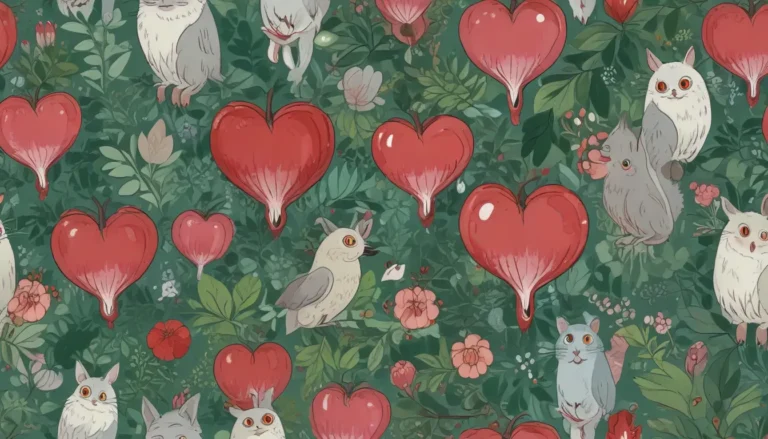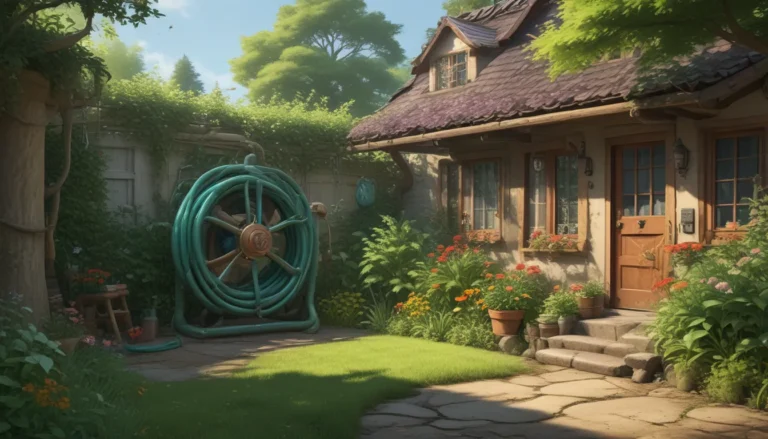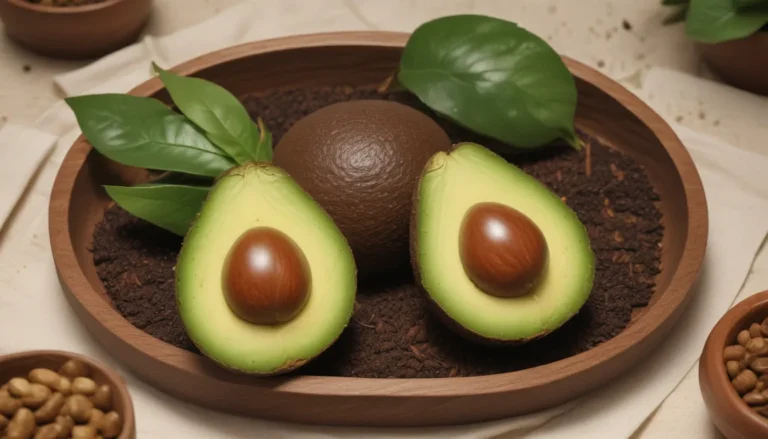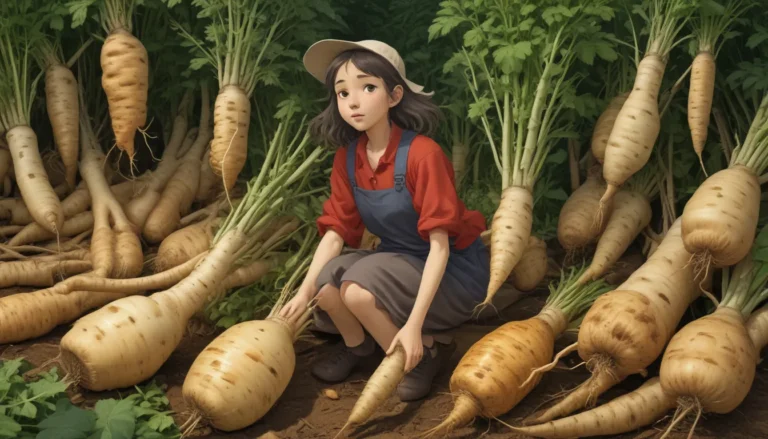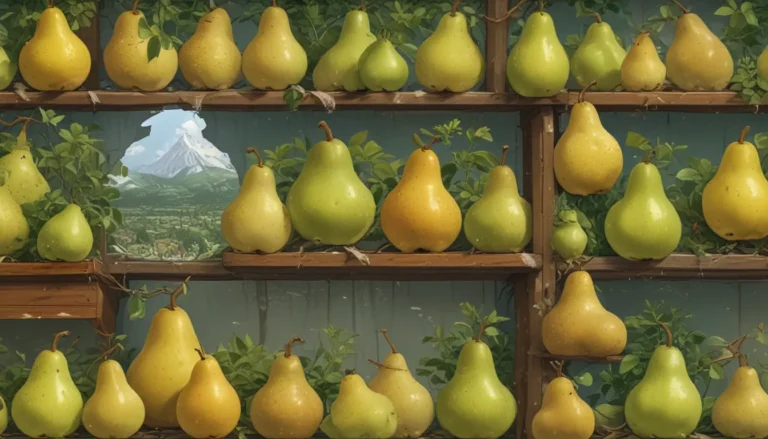The Ultimate Guide to Cold-Hardy Cherry Trees
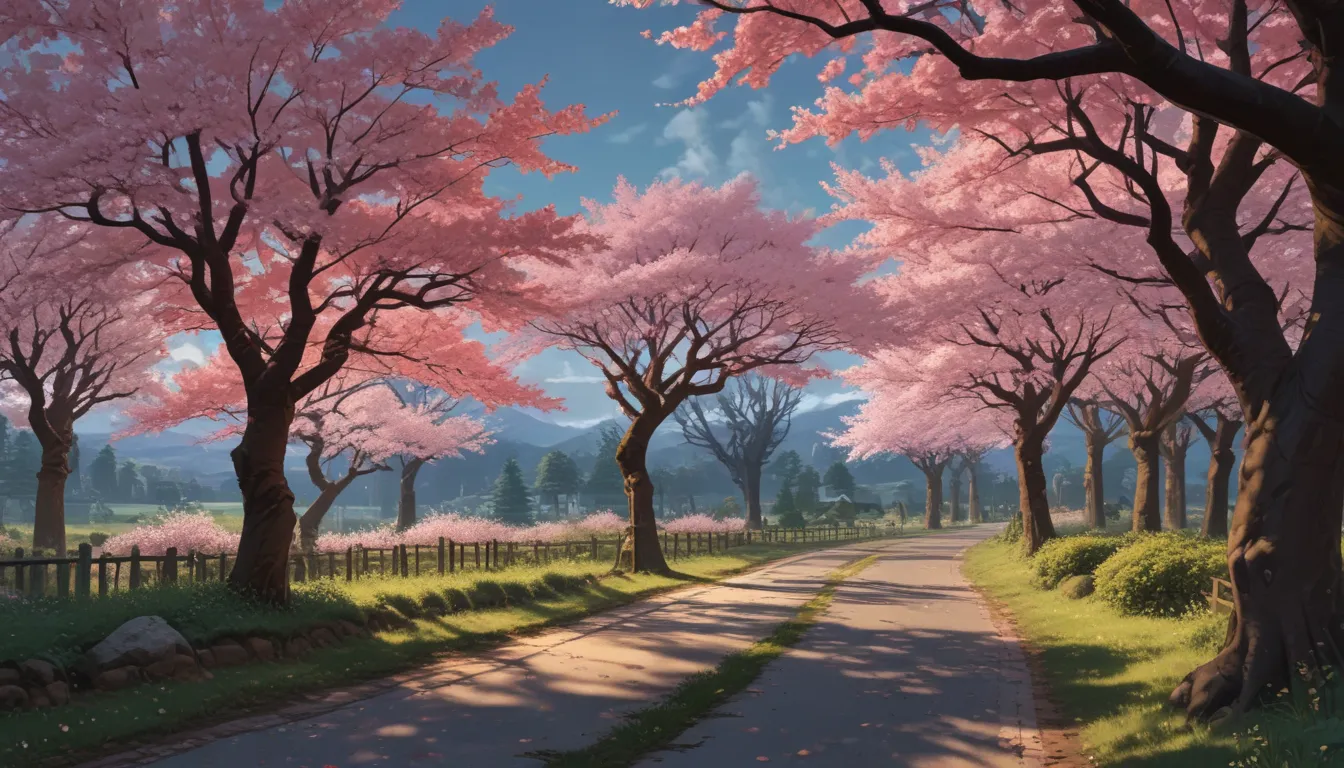
If you’re a fan of baking and love the taste of cherries, you might be wondering how you can grow these delicious fruits in colder climates. While traditional sweet cherry trees may not thrive in Zones 2 to 4, there are alternative options available that can still provide you with a bountiful harvest.
In this comprehensive guide, we’ll explore some of the best cold-hardy cherry tree varieties that are perfect for growing in USDA Hardiness Zones 2 to 4. From dwarf trees to shrubs, hybrids, and different species, there are plenty of options to choose from that will satisfy your craving for cherries in cold climates.
Let’s dive into the world of cold-hardy cherry trees and discover which varieties are best suited for your garden:
Best Cold-Hardy Cherry Trees
- Cold-Tolerant Varieties to Choose
- Juliet
- Nanking
- Canada Red Select
- Carmine Jewel
- Romeo
- Western Sand
- English Morello
- Early Richmond
- Montmorency
Cold-Tolerant Varieties to Choose
When it comes to growing cherries in Zones 2 to 4, it’s essential to think outside the box and consider alternative options. While traditional sweet cherry trees may not thrive in colder climates, there are other cold-hardy varieties that can still provide you with a delicious harvest.
Here are some factors to consider when selecting a cold-hardy cherry variety:
- Do you need your cherries to grow on a tree, or would you be satisfied with shrubs or small trees?
- Are you open to planting varieties of cherries that are not traditionally sweet, such as tart cherries?
- Do you have specific culinary goals in mind for your cherries, such as preserving, baking, or fresh eating?
By broadening your definition of cherries and exploring different species and hybrids, you can find the perfect cold-hardy variety to suit your needs.
1. Juliet
If you’re looking for a cold-hardy cherry tree that can thrive in Zones 2 to 7, ‘Juliet’ is an excellent choice. This dwarf cherry tree hybrid combines the cold-hardiness of sour cherries with the sweetness of Mongolian cherries, resulting in a unique flavor profile that is perfect for baking, preserving, and fresh eating.
2. Nanking
For those who prefer to pick cherries from a hedge, ‘Nanking’ cherry is a versatile shrub that produces sweet and tart cherries in Zones 2 to 6. This multi-use plant can also serve as a windbreak hedgerow or a specimen plant, providing both ornamental value and a bountiful harvest.
3. Canada Red Select
If you’re interested in a native species that is extremely cold hardy, ‘Canada Red Select’ chokecherry is an excellent choice for Zones 2 to 7. This shrub or understory tree produces tart fruits that are perfect for making jelly or wine, adding a unique flavor to your culinary creations.
4. Carmine Jewel
‘Carmine Jewel’ is another dwarf hybrid cherry tree that thrives in Zones 3 to 8, producing small, deep red cherries that are both tart and sweet. This self-pollinating variety is a heavy producer, making it ideal for culinary use and fresh eating.
5. Romeo
Developed by the University of Saskatchewan, ‘Romeo’ is a cold-hardy sour cherry that yields a mid- to late summer harvest in Zones 3 to 7. This very sweet tart cherry is an excellent choice for baking, canning, winemaking, and enjoying fresh from the tree.
6. Western Sand
For a unique flavor reminiscent of plums, ‘Western Sand’ cherry is a cold-hardy shrub that thrives in Zones 3 to 6. This self-pollinator produces dark purple to black fruits with a sweet and astringent edge, perfect for making jellies, pies, and enjoying raw.
7. English Morello
Rated for Zones 4 to 9, ‘English Morello’ is a naturally dwarf sour cherry tree that produces juicy, dark red cherries with a sour flavor. This self-fertile variety is perfect for baking, cooking, and preserving, making it a versatile addition to your cold-hardy orchard.
8. Early Richmond
Dating back to the 1500s, ‘Early Richmond’ is a self-pollinating sour cherry tree that thrives in Zones 4 to 8. This ancient variety produces light red cherries with juicy flesh, ideal for cooking, baking, and preserving.
9. Montmorency
Originating in the Montmorency Valley in France, ‘Montmorency’ is a semi-dwarf sour cherry cultivar that is popular in commercial production. This variety thrives in Zones 4 to 7, producing large, bright red cherries with a tangy flavor that is perfect for baking and making preserves.
Cold-Hardy Cherry Comparison Table
For a quick overview of the cold-hardy cherry tree varieties discussed:
| Cultivar | USDA Zones | Height at Maturity | Flavor | Harvest | Self-fertile |
|——————|————|———————|——————–|————|————–|
| Canada Red Select| 2–7 | 20–25 feet | Tart | Late | Partly |
| Carmine Jewel | 3–8 | 6–7 feet | Sweet and tart | Early | Yes |
| Early Richmond | 4–8 | 15–18 feet | Tart | Early | Yes |
| English Morello | 4–9 | 15–20 feet | Tart | Late | Yes |
| Juliet | 2–7 | 6–8 feet | Sweet and tart | Midseason | Yes |
| Montmorency | 4–7 | 8–18 feet | Tart | Early | Partly |
| Nanking | 2–6 | 8–10 feet | Sweet and tart | Early to midseason | No |
| Romeo | 3–7 | 6–8 feet | Very sweet and tart| Early to midseason | Yes |
| Western Sand | 3–6 | 5–6 feet | Sweet and astringent | Early | Yes |
Cordial to the Cold
With these nine cold-hardy cherry tree varieties to choose from, you can start planning your very own cherry orchard in a cold climate. Whether you prefer the sweetness of ‘Juliet’ or the tartness of ‘Montmorency,’ there’s a variety that will suit your tastes and botanical interests.
Imagine having a freezer full of different cherries to enjoy during those long, cold winter months. By selecting the right cold-hardy cherry tree varieties, you can create a fruitful and delicious garden that will bring joy to your kitchen all year round.
Let us know in the comments which of these cold-hardy cherry cultivars has caught your eye and has you excited to start growing your very own cherry orchard. And for more cold-tolerant fruit tree options, be sure to check out our articles on apricot trees, avocado trees, and fig trees.
In conclusion, growing cold-hardy cherry trees in your garden can be a rewarding experience, providing you with a fresh and delicious harvest even in colder climates. By exploring the diverse range of cherry tree varieties available, you can find the perfect match for your culinary goals and gardening preferences. Whether you’re a fan of sweet cherries or prefer the tartness of sour varieties, there’s a cold-hardy cherry tree out there waiting to be planted in your garden. Start planning your cold-climate cherry orchard today and enjoy the fruits of your labor for years to come.
